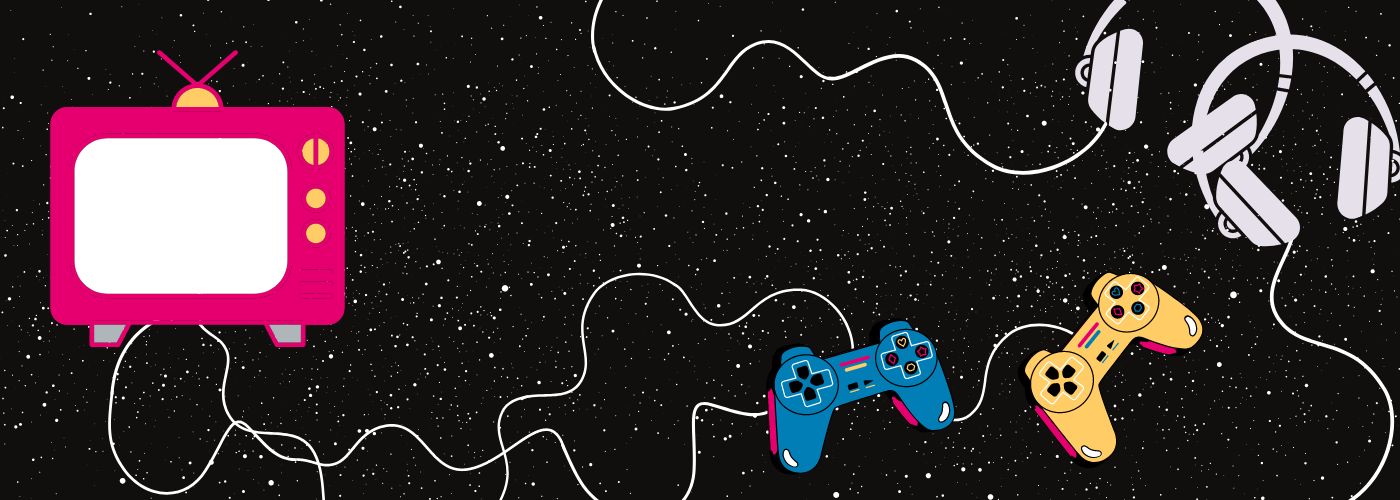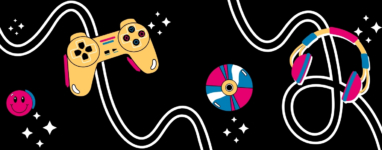The Rise of Accessible Gaming
Updated: August 30, 2023
Inclusive Design in XR and Beyond [Free Webinar]
The online gaming community is one of vibrance and diversity. It is also enormous: More than 216 million people in the U.S. play video games regularly, and the booming industry is expected to grow to $321 billion by 2026 globally.
Of the Americans that play video games, 46 million have one or more disabilities. For all consumers to enjoy their favorite video games, the games must be accessible to them. This need creates a large demand for accessibility in the gaming space.
The History of Accessible Gaming
Historically, gaming has not been particularly welcoming to the disability community. Gamers with disabilities were forced to adapt if they wanted to play, putting the onus on consumers to make gaming accessible for themselves.
Developers have historically been hesitant to incorporate accessibility best practices into their products. There is often a fear that doing so is expensive and interferes with the developers’ creative vision. Accessibility has traditionally been considered an afterthought for developers, making it an easy component to overlook. Failing to consider accessibility at the beginning of the design process makes accessibility considerations much harder to integrate into a game.
The Rise in Gaming Accessibility
Game developers may have hesitated to consider accessibility in their game design in past decades, but times are changing. The boom in gaming during the COVID-19 pandemic gave rise to an increase in gaming accessibility.
In an Allied podcast episode on this topic, gaming accessibility & localization expert Belén Agulló García spoke to the rise in accessibility in the industry:
“For example, 20 years ago, you couldn’t imagine a blind gamer, or a gamer with low vision, or with hearing loss, or with reduced mobility, that they would be able to play a game and enjoy it without barriers. But now, it’s a reality. And I think that’s super exciting, really. It’s amazing.”
People like Ian Hamilton, a UX designer & accessibility consultant who specializes in game accessibility, are helping to minimize the misconceptions around gaming accessibility.
Here are some statistics Hamilton shares in the Washington Post about encounters with skeptics:
“The ‘one-handed control option in Uncharted 4 was used by 1/3 (i.e. millions) of their players,’ Hamilton said. ‘Subtitles were turned off by default in Assassins Creed: Origins [and] just over 60 percent of players turned them on. So Ubisoft had them on by default in Assassins Creed: Odyssey, and 95 percent of players left them on. [When] they did the same in Far Cry New Dawn, 97 percent of players left them on.’”
Explore how we can approach XR through an inclusive design lens 🔎
Companies Embracing Accessible Gaming
Studios such as Naughty Dog, Ubisoft, and Epic Games are incorporating feedback from disabled gamers into their games.
As of December 31, 2018, any video game communication functionality released in 2019 and beyond must be accessible to people with sight, motor, speech, cognitive, and hearing disabilities. These requirements are outlined in the 21st Century Communications and Video Accessibility Act (CVAA).
AbleGamers, a nonprofit organization for the disabled gaming community founded by gamer and advocate Mark Barlet, raised over $1 million in 2021 for the AbleGamers Foundation, a “nonprofit public charity that aims to improve the overall quality of life for those with disabilities through the power of video games.”
Companies and individuals are also creating new types of hardware that make it possible for players with mobility impairments to play the games they love. Examples include Xbox’s Elite Wireless Controller Series 2 and console modder Ben Heck’s single-handed wireless Xbox 360 controller and single-handed PS4 controller. Xbox also released a co-pilot mode that allows another player to assist with certain actions.
Celeste, a game that follows a woman on her journey up a mountain, has an assist mode that sets an example for game developers considering accessibility in their creation process. Features include speed adjustment, invincibility, and more.
This 2018 release removed barriers to the world of Celeste and allowed many more players to enjoy the game. Celeste’s success led to an increase in gaming accessibility across the industry, which Mira Shin describes in DO-IT:
“God of War introduced a variety of customizable controls, the ability to replace some fine motor tasks and repeated button taps with a single button push, and several subtitle and display options to the franchise. In Marvel’s Spider-Man, the player can auto-complete quick time events, skip puzzles, turn on large subtitles, change taps to holds, and disable parallaxing. The Last of Us 2 made news worldwide with not only its extensive accessibility menu, but the fact that it guided the player to the menu at the beginning of the tutorial to allow users to make these changes from the very start.”
However, Shin also notes that many of these games require a degree of fine motor control. While game creators have made great strides in accessibility, there is still work to be done for disability inclusion.
Resources for Accessible Gaming
Whether you’re a developer who cares about making your game more accessible or a gamer who wants to stay up-to-date on all things gaming accessibility, there are many resources for you. We’ve compiled a list of a few of our favorites.
For players:
For developers:
- Gaming and Disability Player Experience Guide (GADPEG)
- Read our blog post about the work of Anita Mortaloni, Director of Accessibility at Microsoft, and Sean McIntyre, Product Marketing Manager at Xbox, to learn about Xbox’s accessibility approach and why “day one” accessibility is important.
Video games allow consumers to escape their world and experience things that would otherwise be impossible. Accessibility must be taken into account from the very beginning of developers’ design processes to make the unimaginable a (virtual) reality for all.





